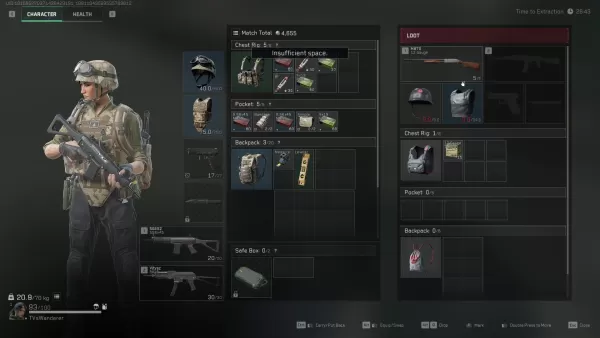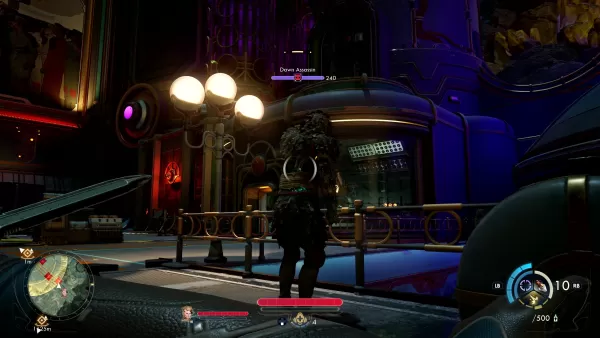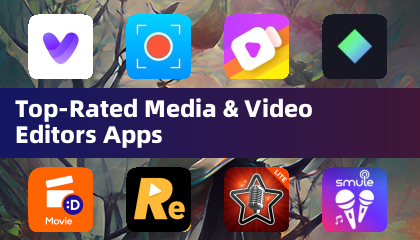Delta Force's Operations mode, also known as Hazard Operations or Extraction mode, is the epitome of high-stakes action in the game. Whether you refer to it as Operations or "raiding," the objective remains consistent—parachute into the action, gather valuable gear, and extract safely before other players or AI enemies eliminate you. The unique aspect of this mode, akin to other extraction shooters, is that all gear you bring into the match is at risk; if you die, you lose it all.
This guide transcends mere survival tips. It delves into the mechanics of Operations mode from beginning to end, offering insights on pacing your run, managing your gear, and making strategic choices that enhance your long-term gains. If you're seeking survival tips specifically for Operations mode, our blog features a dedicated guide on the subject.
Whether you're embarking on this adventure solo or with a squad, understanding the mechanics is crucial for playing strategically and effectively.
What Operations Mode Actually Is
Delta Force's Operations mode is a dynamic PvPvE sandbox where each match presents unique challenges. You, along with up to two other players, enter a live map teeming with AI soldiers, loot spawns, and rival teams. The aim is to amass as much loot as possible and extract safely before you're taken down. Unlike traditional shooter modes, there's no score to pursue; what you manage to extract becomes part of your permanent inventory. Conversely, if you die, you lose everything on you except for items secured in your Safe Box. This risk-and-reward dynamic is what makes Operations mode so gripping, even when you're simply scavenging for medical supplies and making a stealthy exit.
Loadout Planning and Inventory Control
Success in Operations mode begins before you even step foot on the map—it starts with crafting the perfect loadout for the mission at hand. Every match comes with an entry cost, making your loadout choices critical. Essentials like a helmet, armor, chest rig, and backpack are mandatory for deployment. However, what you choose to bring beyond these basics will shape your gameplay strategy.

Extraction zones are typically fixed, but some maps feature dynamic elements such as elevators or enemy-controlled checkpoints. Always have an exit strategy in mind before you venture too deep into looting territory.
Loot Smarter, Not Harder
Every item in Operations has a market value, but not all are worth the risk. Initially, focus on collecting healing items, attachments, and rare electronics—these are compact, valuable, and can be safely stashed in your Safe Box if needed.
While heavy weapons and armor may be enticing, they can hinder your mobility and consume valuable space. Only carry them if you're confident in your extraction chances or if you're close to an exit with nothing to lose.
A smart tip for newcomers is to steer clear of high-traffic loot areas during the first few minutes. Allow other teams to clash over them, then swoop in to collect the spoils. If playing solo, loot the peripheries of the map and revisit later. You'll be amazed at the quality of items left behind after a heated team battle.
Picking the Right Operative
Your choice of Operative in Operations mode defines your gameplay approach. Not all Operatives are suited for stealth or loot-focused play, so select one that aligns with your objectives.
Luna and Hackclaw excel in intelligence gathering and mobility. Luna can tag enemies and disrupt advances with her shock arrows, whereas Hackclaw moves silently and can execute stealth takedowns with her knife. Stinger's healing abilities make him invaluable for team play, especially when supporting more aggressive teammates.
Avoid Operatives with conspicuous or flashy abilities unless your strategy involves direct confrontation. Characters like D-Wolf may be thrilling, but they tend to draw unwanted attention in a mode where stealth often yields superior outcomes.
Fight When It Matters
In Operations mode, choosing when to engage in combat is more critical than winning the fight itself. While PvP kills can yield gear and XP, they also slow you down and attract attention. Engage only when necessary or advantageous.
If combat ensues, keep moving and aim to end it swiftly. Utilize Operative abilities to gain the upper hand—Luna's detection arrow can reveal enemies behind cover, and Stinger's smoke can provide cover for healing or retreat.
Remember, you can always loot the fallen later. If two teams are battling, hang back and let them exhaust each other. Third-partying is risky but can be a lucrative way to acquire gear without needing to outgun everyone.
Making the Most of Each Match
Every raid in Operations mode offers an opportunity to accumulate value, hone your skills, or gain new insights. Don't dwell on a bad run—use it to refine your approach for the next one.
Conserve your credits during losing streaks and play more strategically during winning ones. Prioritize upgrading your Safe Box early, experiment with different Operative setups, and explore the maps to discover optimal loot routes.
Over time, your focus will shift from mere survival to optimization, which is when Operations mode truly becomes enjoyable.
Operations mode in Delta Force transcends the simple act of looting and extracting. It's a delicate balance of risk, strategic planning, and smart decision-making. Construct your loadout with intent, loot with precision, and know when to fight or flee. Every loss is merely a stepping stone that makes your eventual triumphs even sweeter.
For the ultimate gaming experience, play Delta Force on a PC using BlueStacks. You'll benefit from quicker load times, precise controls, and easier gear management. It's the best way to stay competitive while mastering the game.































